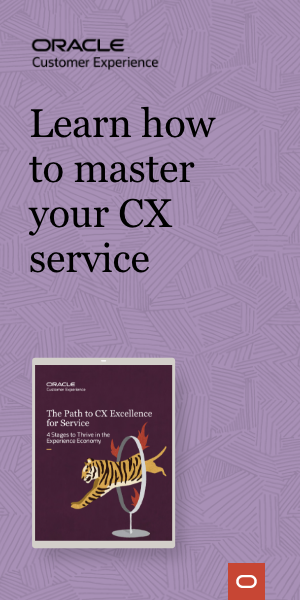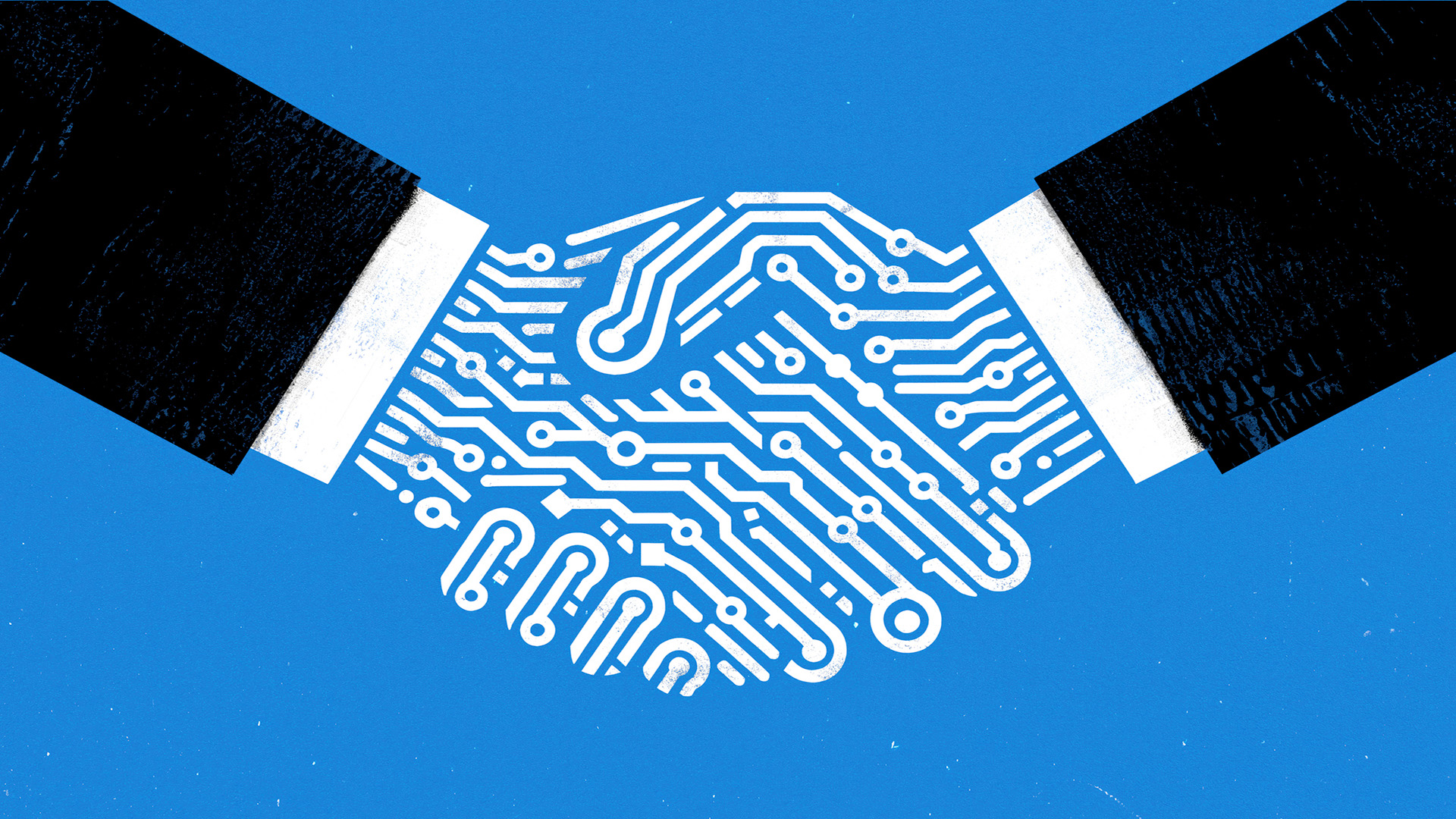How to become a T-shaped employee
People with deep and wide skill sets are increasingly becoming the popular choice for employers


Over the last few years, the idea of a ‘T-shaped’ employee has gained currency in recruitment.
It was first popularised by Tim Brown, the CEO of the IDEO, a California design firm. Essentially, a person with this trait has deep knowledge and skills in a specific area, plus an eagerness and aptitude to work across disciplines – which are likened to the vertical and horizontal lines on a letter T, respectively.
The need for such employees is such that many organisations are looking to cultivate people with T-shaped characteristics.
Mckinsey modelling suggests the demand for management roles and occupations such as ICT and engineering will increase by approximately 1.4% per annum. Yet, by 2030, more than 10 million UK workers, (around 30%) could be under-skilled in leadership, communication, and decision making. Chris Underwood, MD at Adastrum Consulting, says that T-shaped employees are equipped with – or can develop – the skills and industry know-how to succeed in these roles
“The coronavirus pandemic has shown organisations that it’s not possible to predict the next disruptive event and anticipate the skills and knowledge required to manage it. Change is essential to survival,” he says.
Underwood adds that individuals who are forward-thinking and ready to respond to change have already proved their worth – organisations that had invested in technology and modern practices adapted far quicker to the switch to remote working than others – and their star is high. As a result, businesses are seeking individuals with the leadership behaviours and initiative to navigate future disruption and transformation.
T-shaped benefits
No matter how quickly they were able to adapt to the need for remote working at the beginning of the year, all organisations are having to consider resources very carefully right now. With the latest statistics from the OECD predicting the UK economy could be the worst hit among leading nations, innovation has never felt more vital, according to Anthony Tattersall, vice president EMEA at online learning platform Coursera.
Sign up today and you will receive a free copy of our Future Focus 2025 report - the leading guidance on AI, cybersecurity and other IT challenges as per 700+ senior executives
“As we look to keep up, securing new skills to build a resilient workforce will become key - both as an employee and as an organisation. No matter the job role, having employees with a combination of deep knowledge and broad base skills will ensure a resilient and agile workforce, one that’s ready for both moving jobs quickly and flexibly and thinking strategically from different perspectives,” he says.
T-shaped employees often exhibit strong soft skills, such as collaboration, critical thinking, problem solving and teamwork, says Liam Butler, area vice president for EMEA, India and Japan at SumTotal. As a result, they can also make good leaders.
“One of the main qualities that set the T-shaped employee apart from others is their empathy. Demonstrating empathy is not only good for morale; it is also more likely to result in a person helping another to explore building another discipline,” he says.
Underwood says that a T-shaped employee’s adaptable and curious nature enables them to draw on their understanding of the whole business and see things in contact.
“For example, T-shaped leaders can understand the wider value of new technology innovations and how to use them as a competitive advantage; rather than be distracted by the shiny newness of developments such as artificial intelligence (AI) and automation, they analyse the opportunities and risks they present the organisation,” he says.
RELATED RESOURCE

The path to CX excellence for B2B services
The four stages to thrive in the experience economy
Understanding the value of customer experience and using data to solve problems, such as reducing cost and waste and increasing revenue and margin, they focus on the transformation that realises the business’ ambitions.
“They understand that processes need to be fit for purpose and that automating or changing operations for modernisation alone (ie, just because you can) will prove a source of future technical debt,” adds Underwood.
Scott McVeigh, industry principal at knowledge integration company Onna, says one way T-shaped employees are innovative is they apply their specialist insight to their broad base of knowledge to develop similar or adjacent solutions.
“Some of the ‘mega-historians’ I've read about tend to be deep experts in one specific field and have learned how to leverage that expertise to solve other issues. Peter Turchin's work leaps to mind here as an example of taking one field of learning and applying it to a different problem data set,” he says.
How to find – and be – a T-shaped worker
Someone with “T-shaped” qualities is not easy to find, especially if an organisation is used to hiring people in its own image.
“Specific jobs will change, so it’s short-sighted to be protective of job titles. Instead focus on skills, experiences and talents that will solve the problems you face, and look for additional skills and experiences that have the potential to add value. Searching outside your industry will attract a more diverse candidate slate, which brings new thinking, experience, learnings and different occupational knowledge,” says Underwood.
To become a T-shaped employee, digital skills, including data management, understanding digital economies and business models, and agile working is vital, even if they are not in a traditional technology-focused role, says Underwood. Research by the CBI estimates, the digital skills deficit could be costing the UK as much as £63 billion a year, giving candidates a real opportunity to bridge the gap and add value.
“Personal development should focus on soft skills as much as technical ability and building knowledge and understanding of other peers’ disciplines and functions. People with a digital background will have an advantage but must also develop leadership qualities to progress to more senior roles,” he says.
The move from being I-shaped, with in-depth knowledge in one area but no generalist skill,s is a long one. But the willingness to learn from others in an organisation and share knowledge with them, will benefit not just the employee, but also that organisation that is on its own digital transformation journey.
Rene Millman is a freelance writer and broadcaster who covers cybersecurity, AI, IoT, and the cloud. He also works as a contributing analyst at GigaOm and has previously worked as an analyst for Gartner covering the infrastructure market. He has made numerous television appearances to give his views and expertise on technology trends and companies that affect and shape our lives. You can follow Rene Millman on Twitter.
-
 What now for enterprise virtualization?
What now for enterprise virtualization?With a trusted partner like Pure Storage, businesses can make the most of their virtualization journey
-
 Nutanix wants to help customers shore up cloud sovereignty
Nutanix wants to help customers shore up cloud sovereigntyNews New automation tools and infrastructure management capabilities look to tackle single-vendor dependency and shore up sovereignty requirements
-
 HackerOne eyes enterprise growth with double C-suite appointment
HackerOne eyes enterprise growth with double C-suite appointmentNews Seasoned industry executives Stephanie Furfaro and Stacy Leidwinger have joined the cyber security vendor’s executive team
-
 Enterprises are cutting back on entry-level roles for AI – and it's going to create a nightmarish future skills shortage
Enterprises are cutting back on entry-level roles for AI – and it's going to create a nightmarish future skills shortageNews AI is eating into graduate jobs, and that brings problems for the internal talent pipeline
-
 AI resume screening, recruiter chatbots, and ‘ghost jobs’ are causing havoc for struggling entry-level workers
AI resume screening, recruiter chatbots, and ‘ghost jobs’ are causing havoc for struggling entry-level workersNews A new report shows employers are cutting back on entry-level hiring, but expect things to improve eventually
-
 Workday snaps up AI-powered conversation recruitment platform, Paradox
Workday snaps up AI-powered conversation recruitment platform, ParadoxNews Workday will integrate Paradox’s AI-driven candidate experience agent to help deliver talent faster
-
 The Channel Recruiter and Nebula debut new global talent resourcing solution
The Channel Recruiter and Nebula debut new global talent resourcing solutionNews Tech Talent on Tap aims to provide channel firms with on-demand access to elite technical professionals from around the world
-
 Tech talent shortages mean firms are scrapping traditional recruitment strategies
Tech talent shortages mean firms are scrapping traditional recruitment strategiesNews With more than half of enterprise leaders worried about future skills shortages, many organizations are turning to a range of new techniques to expand potential talent pools.
-
 Employees are dead set on flexible working arrangements – three quarters would turn down a role that didn't offer hybrid options as work-life balance becomes more important than pay
Employees are dead set on flexible working arrangements – three quarters would turn down a role that didn't offer hybrid options as work-life balance becomes more important than payNews New research shows workers are increasingly demanding flexible working arrangements from employers.
-
 Half of jobseekers turned down offers last year amid growing demands on employers
Half of jobseekers turned down offers last year amid growing demands on employersNews An increasingly competitive talent landscape means employers are being forced to offer a wider range of incentives
